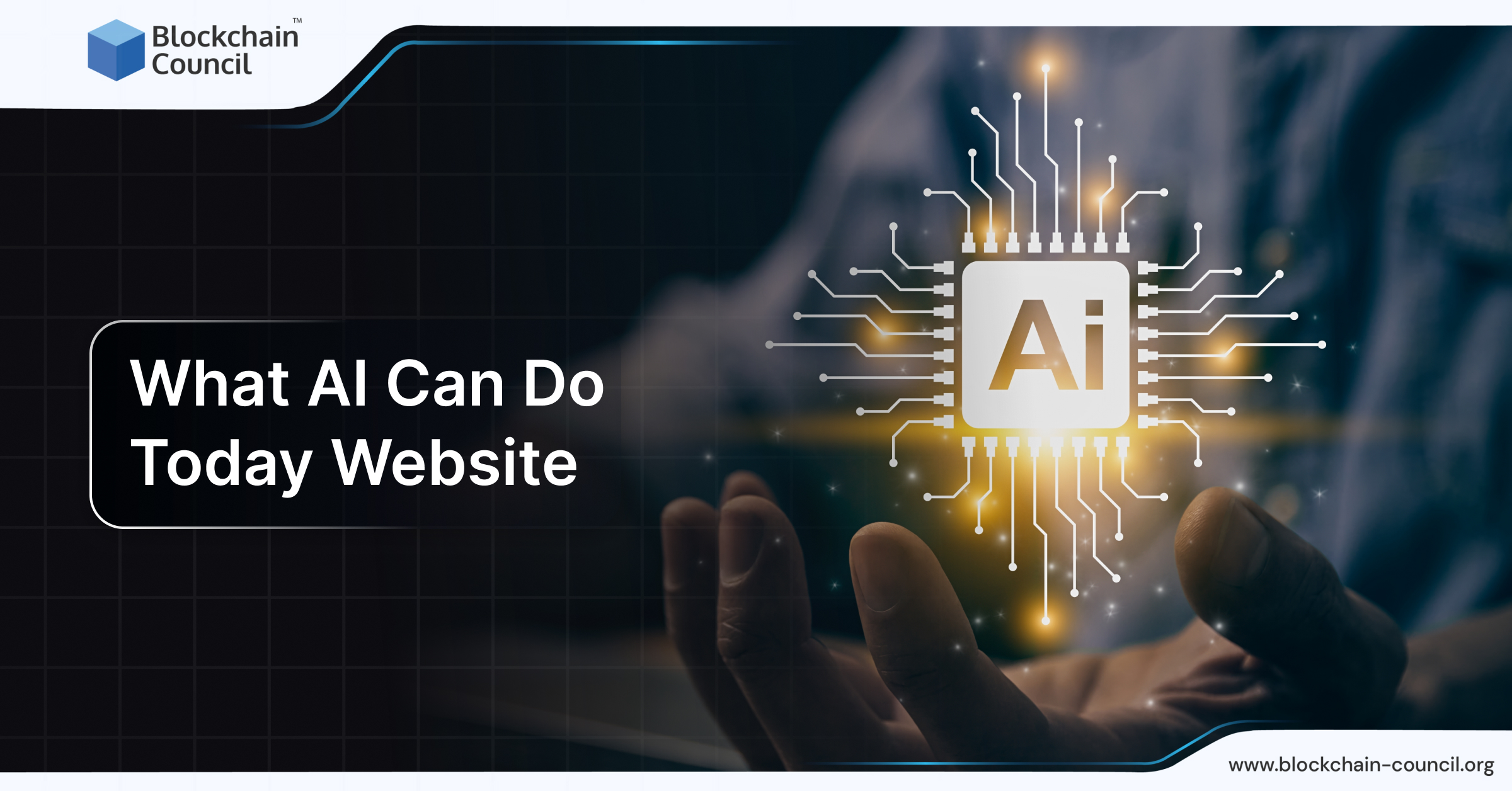
- Blockchain Council
- September 02, 2024
Generative AI is increasingly significant in artificial intelligence, enabling the production of content that mimics human creativity. From crafting realistic visuals and texts to generating music and designs, its influence touches numerous sectors. If you aim to become proficient in this evolving field, here’s a step-by-step guide to get you on the right track.
Understanding Generative AI Basics
Generative AI creates new content by using models and algorithms that work with existing data. It depends significantly on neural networks and deep learning techniques, including models like Generative Adversarial Networks (GANs) and Variational Autoencoders (VAEs). These tools have reshaped industries by enabling machines to handle creative tasks that were once human-specific.
Step 1: Establish a Solid Foundation
To begin, it’s essential to understand the basics of artificial intelligence and machine learning. Familiarize yourself with fundamental concepts, including:
- Machine Learning Basics: Learn about supervised and unsupervised learning methods, focusing on algorithms like decision trees, linear regression, and clustering.
- Deep Learning: Explore neural networks, backpropagation techniques, and different architectures. These include Convolutional Neural Networks (CNNs) used for tasks involving images, and Recurrent Neural Networks (RNNs) suited for sequential data, such as text and music.
- Programming Knowledge: Learn Python, and become familiar with deep learning tools such as TensorFlow and PyTorch.
For beginners, online courses, books, and tutorials are excellent resources to start building your knowledge.
Step 2: Pursue a Certification Program
One effective way to validate your skills is through a formal certification program. The Certified Generative AI Expert™ program from Blockchain Council aims to provide essential skills, including:
- Expert-Level Learning: Understand neural networks, generative models, and advanced AI methods.
- Practical Skills: Engage in projects that develop AI systems capable of generating innovative outputs.
- Career Growth: Certification showcases your skills to employers and can open doors to opportunities in AI research, development, and leadership.
The program is self-paced, includes extensive study materials, and ends with a certification exam to test your expertise. Enrolling also connects you with a network of AI professionals, enhancing learning and networking.
Step 3: Focus on Generative Models
Generative models are central to this field. Dive into the theory and practical use of different models:
- GANs: These models involve a competitive setup between two networks, a generator and a discriminator, to create realistic content like images and videos.
- VAEs: They encode data into a latent space and generate outputs that resemble the input, useful in tasks like image synthesis and detecting anomalies.
- Transformer Models: Models like GPT and BERT excel at contextual understanding, making them ideal for tasks like text generation and language translation.
Engage in hands-on coding projects using these models. Platforms like Google Colab and AWS SageMaker offer access to powerful GPUs for training large models.
Step 4: Gain Real-World Experience
While theoretical knowledge is essential, applying it through projects deepens understanding and showcases your skills. Work on projects that involve content creation, such as:
- Text Generation: Use language models to create coherent text, useful in applications like chatbots or writing tools.
- Image Creation: Experiment with GANs to develop realistic images or artistic pieces, including style transfer techniques.
- Music Composition: Use generative models to create music by learning from existing compositions, offering new tools for musicians.
Participating in open-source projects and AI communities can offer valuable feedback and enhance your learning experience.
Step 5: Master Key Tools and Libraries
Generative AI requires familiarity with specialized tools and libraries. Key resources include:
- Deep Learning Frameworks: TensorFlow, PyTorch, and Keras are essential for developing generative models.
- Jupyter Notebooks: Useful for testing code and visualizing data.
- Pre-trained Models and APIs: Tools like OpenAI’s GPT or DALL-E offer pre-trained models that simplify the creative process by allowing for further customization.
By understanding these tools, you can turn your generative AI concepts into reality with efficiency.
Conclusion
In conclusion, mastering generative AI requires a mix of basic understanding, practical experience, and ongoing learning. By following these steps and considering a certification like the Certified Generative AI Expert™, you can build the expertise needed to thrive in this field.





































































 Guides
Guides News
News Blockchain
Blockchain Cryptocurrency
& Digital Assets
Cryptocurrency
& Digital Assets Web3
Web3 Metaverse & NFTs
Metaverse & NFTs
